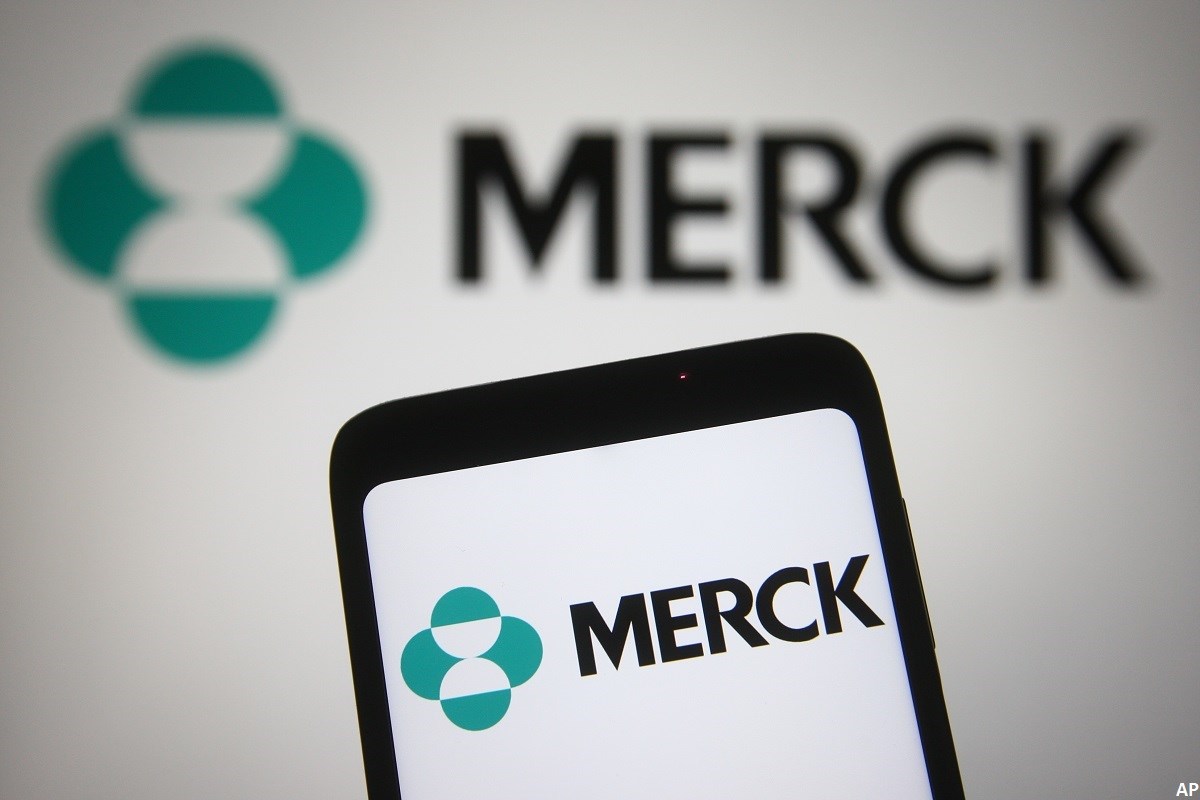Ruth Saldanha: Earlier this month, the Canadian Government announced that it would intervene in a legal battle over the future of Enbridge's cross-border Line 5 pipeline, saying that Michigan's effort to shut it down would not only disrupt Canada's energy supply, but damage bilateral relations. This pipeline carries oil from Western Canada to Ontario and Quebec via the States. What does this disruption mean for Enbridge, one of our top stock ideas for a while now, and a rare triple threat, undervalued, wide moat and high dividend paying. Morningstar analyst, Stephen Ellis, is here today to tell us.
Stephen, thank you so much for being here today.
Stephen Ellis: Thank you.
Saldanha: First up, how much should investors worry about the pipeline issue?
Ellis: Sure. That's a great question. Our base case scenario is that Line 5 remains in operation while it addresses the legal issues with the State of Michigan. We consider it very unlikely that the pipeline will shut down permanently. And then, the most likely alternative would include using rail to move products from Edmonton to Michigan consumers. So, we do expect a series of legal and court disputes over the pipeline is primarily under state or federal regulation. Enbridge has received substantial support with their friend of the court brief style from the Canadian government, the attorney generals of Ohio and Louisiana, several state Chambers of Commerce and the unions. The briefs really, I think, underscore the economic impact, the loss of jobs, the loss of product apply to the States as well as impact of the 1977 Transit Pipelines Treaty between Canada and the United States.
Saldanha: Now, Enbridge is an energy stock. Are there any ESG opportunities there?
Ellis: Sure. I think one of the really neat things about Enbridge is its portfolio of renewable assets. Their utilities and renewable businesses really offer opportunities in renewable natural gas, hydrogen, carbon capture and offshore wind. In fact, they've already put many of these projects into operation and right ahead of U.S. peers to consider opportunities. So, we do think these early investments will continue to pay dividends by competing for capital across the entirety of Enbridge portfolio of assets, including liquids and gas pipelines around overall business to evolve effectively as energy markets transition. Further, we think that insights learned from the renewable project will help inform asset repositioning decisions on the oil and gas side. And then, finally, Enbridge has outlined two major ESG-related targets. First, they plan to be zero net carbon by 2050 in scope 1 and scope 2 emissions, as well as reduce its carbon emission intensity by 30% in 2030 from 2020 levels.
Saldanha: Well, that's great. What do you see as some of the major risks for Enbridge going ahead?
Ellis: So, certainly, the biggest risk that we see with Enbridge going forward is related to certainly an eventual decline in long-term oil and gas demand and what this means for the large oil and gas portfolio of assets. We also see a substantial risk involved in new large oil and gas projects given that any project large enough to be of interest to Enbridge will also likely face objections from the stakeholders including indigenous communities, permitting and legal perspectives. Unsurprisingly, Enbridge has actually boosted its cost of capital with liquid projects to compensate. We also consider combinations to be top of mind for investors. We would note that midstream investors, however, are relatively low in their life cycle of oil and gas, and midstream firms have been relatively lower risk than upstream and downstream firms from carbon taxes. In fact, Canadian firms already paid carbon taxes on their carbon emissions, most of which generally passed along to their shippers and other customers. Fortunately, as we've talked about, Enbridge has an ample and growing portfolio of renewable assets, which we think will pay dividends in the future.
Saldanha: Finally, the most important question for Canadian investors. Are dividends safe?
Ellis: Absolutely. And we think the answer is, yes. While we don't expect Enbridge to grow its dividend at the 14% annual rate it did from 2013 to 2020, we do think a 3% growth rate in the future is very supportable. The distribution coverage ratio is 1.4 to 1.5 times, which is very good. However, more importantly, Enbridge will also start to generate material excess cash flow in 2022. We measure this by taking operating cash flow and subtracting capital expenditures and dividend payments. So, this means that Enbridge has ample capacity to not only cover their dividend and pursue opportunistic projects for potentially boosting returns.
Saldanha: Great, that's great to know. Thank you so much for being with us today, Stephen.
Ellis: Thank you so much for having me.
Saldanha: For Morningstar, I'm Ruth Saldanha.
Success in the Low-Carbon Economy
Learn about the companies best positioned to survive and thrive



















